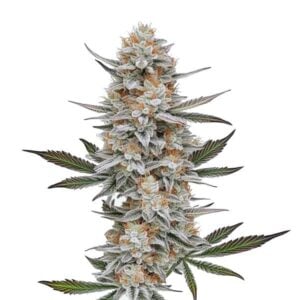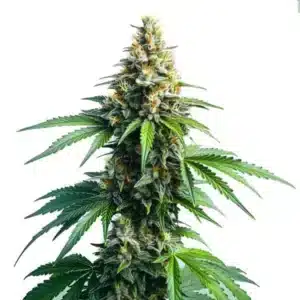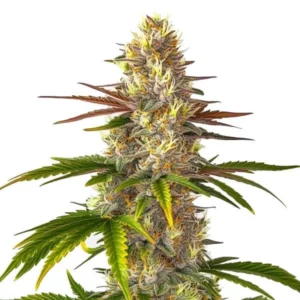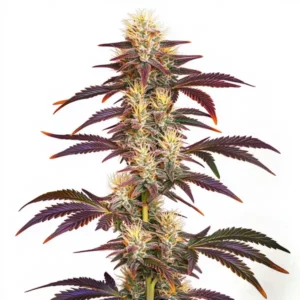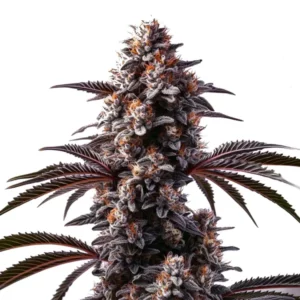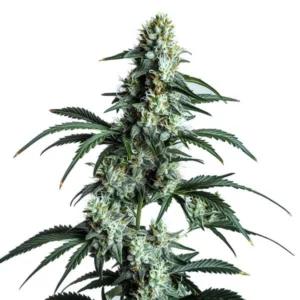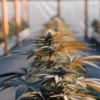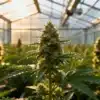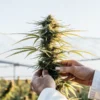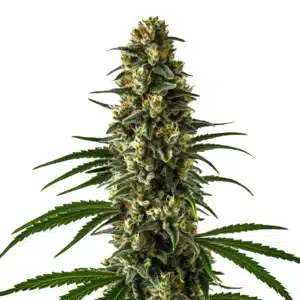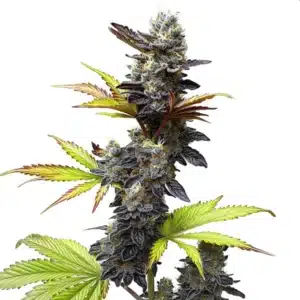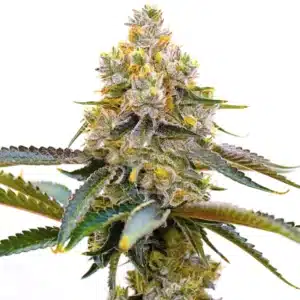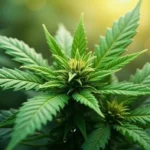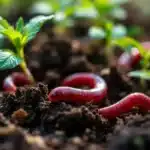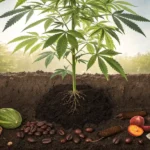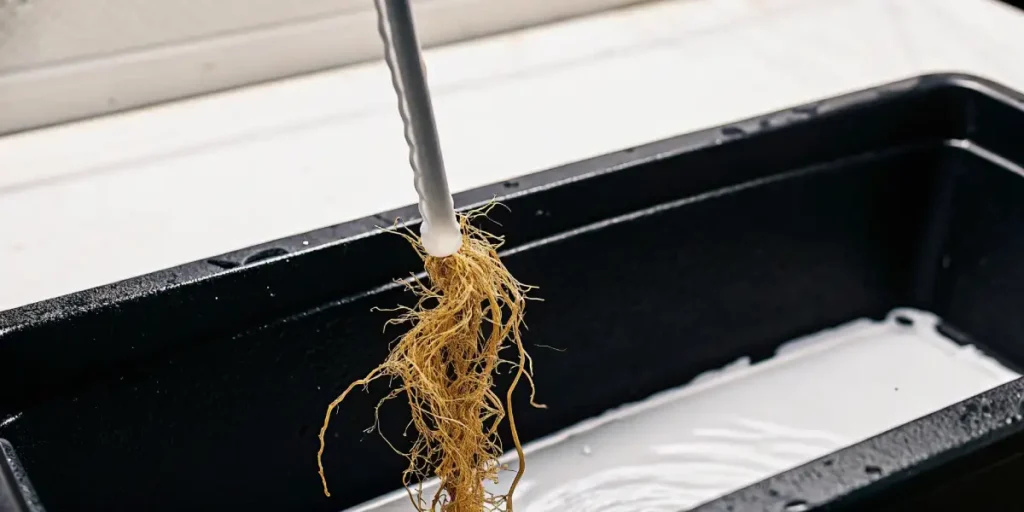
The Forgotten Foundation: Are Cannabis Roots Safe?
Let’s talk about the most misunderstood part of the cannabis plant: the roots. While everyone is focused on the flowers and leaves, a whole world of potential is sitting right there in the soil. But a question always pops up, born from a place of caution: “Are cannabis roots poisonous?”
Let’s just get this out of the way. The short answer is NO. But the long answer is way more interesting and reveals just how amazing this plant truly is.
Recommended Strains
Chemdog #4
|
|
THC | 18% - 26% (Medium) |
|
|
Type | Feminized |
|
|
Yield | Medium |
|
|
Phenotype | 60% Indica / 40% Sativa |
Afghan Kush
|
|
THC | 16% - 21% (Medium) |
|
|
Type | Feminized |
|
|
Yield | Medium |
|
|
Phenotype | 90% Indica / 10% Sativa |
Believe it or not, humans were late to the party when it came to using cannabis roots. We learned by watching nature. For centuries, animals like rabbits, moles, and even wild boars have been digging up wild hemp and munching on the roots as a food source. Nature has a funny way of telling us what’s safe, and this is a major clue. They aren’t just safe; they’re a part of the ecosystem.
The Root’s Hidden Superpower
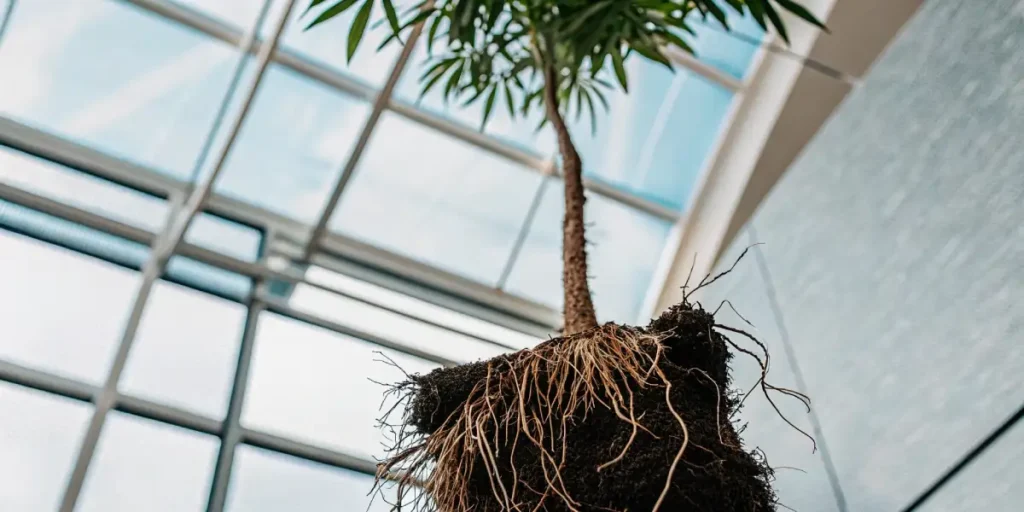
Now, here’s a mind-blowing fact that flips the entire safety conversation on its head. The cannabis plant is famous for being a “bio-accumulator.” That means it’s incredibly good at sucking up whatever is in the soil, including nasty stuff like heavy metals or even radioactive particles. It’s so good at it that it’s been used to clean up contaminated land.
But here is the absolute magic of the plant’s design: it quarantines that junk. It draws the toxins up through the roots but stores them in the leaves and the stalk. The roots themselves act as a filter, staying remarkably clean. So, in a plant grown in less-than-perfect soil, the roots can actually be the safest part of the plant. How incredible is that?
Promos & Deals
So, What’s Actually in Them?
Instead of THC, cannabis roots are rich in other compounds like alkaloids and triterpenoids, which have been the focus of traditional medicine for centuries. This is why you hear about ancient cultures using cannabis roots. They weren’t trying to get high; they were making teas and topical poultices to help with inflammation, pain, and fever. They understood that the roots offered a different kind of relief.
When you Cultivate your own Homegrown cannabis, you have the power to Nurture the entire plant. Using the roots is a truly Sustainable practice that honors the plant’s full potential. Whether you’re growing a robust strain like Original Lemon Pie or a classic like Blue Dream, you’re sitting on a healthy, powerful root ball that doesn’t have to go to waste.
To use them, you’d simply harvest the root ball, wash it thoroughly, and let it dry completely. From there, it can be broken down or ground into a powder to be steeped in a tea or blended into a topical cream. It’s an Organic approach that connects us to the long history of this plant.
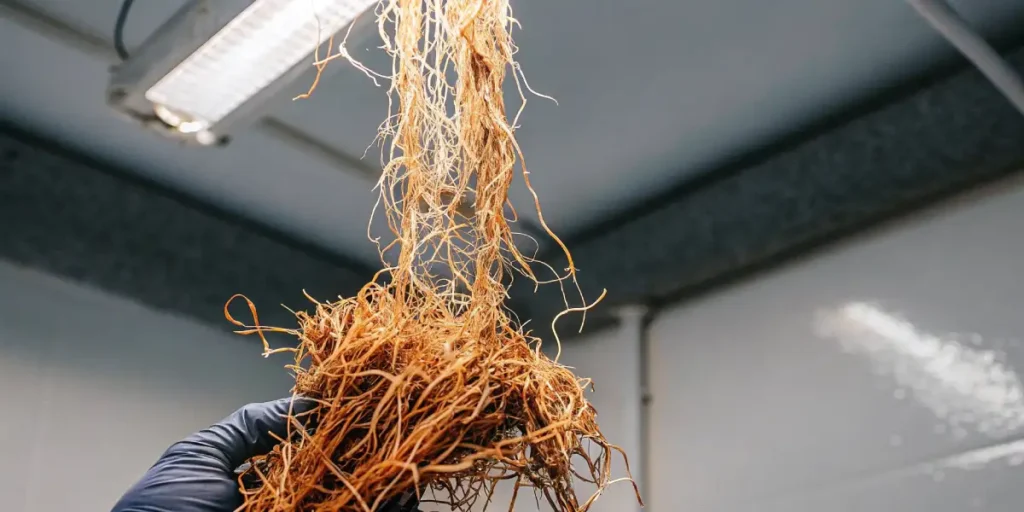
FAQs of Are Cannabis Plant Roots Poisonous
Are cannabis roots safe to eat?
Yes, they are widely considered safe. They don’t contain the psychoactive compounds found in the flowers and have been consumed by both animals and humans for centuries. The main concern isn’t poison, but rather ensuring they are cleaned properly and come from a plant you know hasn’t been sprayed with chemical pesticides.
What about heavy metals from the soil?
This is the amazing part. The cannabis plant is a bio-accumulator, meaning it sucks up contaminants from the soil. However, it intelligently stores those harmful elements in its stalk and leaves, not in the roots. The roots act as a clean filter, making them paradoxically one of the safest parts of a plant grown in contaminated soil.
What are cannabis roots actually used for?
Historically, they have been used in traditional medicine, primarily for their anti-inflammatory properties. People would make teas, tinctures, or topical salves from the roots to help with issues like joint pain, skin irritations, and gout. They offer therapeutic benefits completely separate from the “high” of the flowers.
Do animals really eat cannabis roots?
Absolutely. Small mammals like rabbits, moles, and even larger ones like wild boars have been known to dig up and eat the roots of wild hemp plants. They are a natural part of their diet in many ecosystems, which is one of the strongest indicators we have that they are a safe and viable food source, not a poison.


